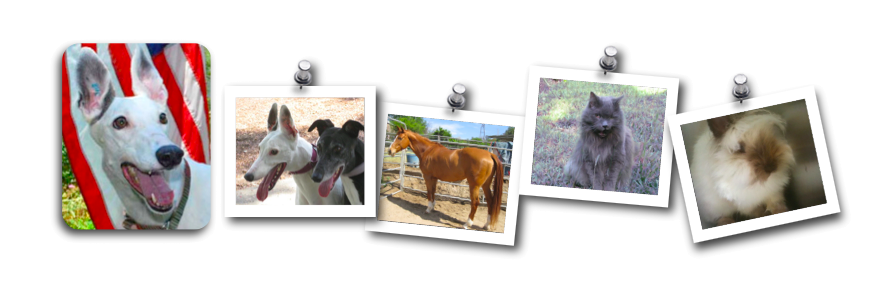Most people who live with dogs recognize some of the “bigger” clues that a dog’s anxious, uncomfortable, or outright scared--cowering, whining, and a tucked tail, to name just three. This article discusses a few more subtle signs. They generally don’t reflect full-blown panic, but they tell you that all’s not quite right in Dogalini World.
If we can decode our dogs’ body language, we can bail out sensitive dogs before they get overwhelmed. And even boneheaded, happy-go-lucky types may find some situations too much for them. Come to think of it, watching them closely may reveal that they’re not such boneheads after all.
Why It’s Important to Notice Your Dog Is Stressed
When we recognize our dogs’ stress signals and take action to help them out, we’re taking care both of the dog and of ourselves. I often remember an aging dog named Jack whose humans noticed that he always retreated from their toddler’s approach. They thought nothing of it, so Jack’s repeated nonaggressive signals that he disliked kiddy-style handling didn’t get through. Jack finally bit. The child had to have stitches, and Jack lost his home. What a lot of preventable grief.
Of course, you don’t need to intervene every time your dog experiences stress. For instance, he might startle easily at the sound of a car backfiring, then relax and go back to sniffing the hydrant a few seconds later. There’s probably no big issue here. On the other hand, I’d be rich if I had a dollar for every client who told me a bite came out of the blue and then went on to describe in clear detail the half-dozen signs of distress her dog gave her. The human saw them all, but didn’t understand.
What Signs Tell You a Dog Is Stressed?
A dog who’s a bit worried about a person, another animal, or a situation may turn her head away. Commonly, you’ll be able to see the whites of her eyes at the same time, as she looks sidelong at whatever the problem is. Never, ever touch or even approach a dog who’s gone still and shows the whites of her eyes, because $5 will get you $10 she’s on the verge of exploding with a lunge, a snap, or even a bite.
Other Signs of a Stressed Dog
Never, ever touch or even approach a dog who’s gone still and shows the whites of her eyes.


No comments:
Post a Comment